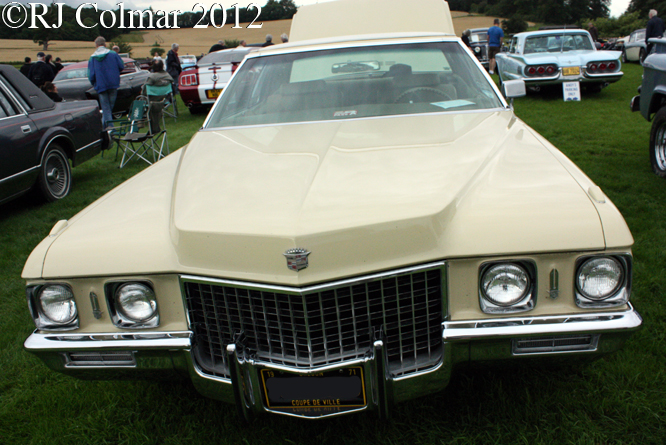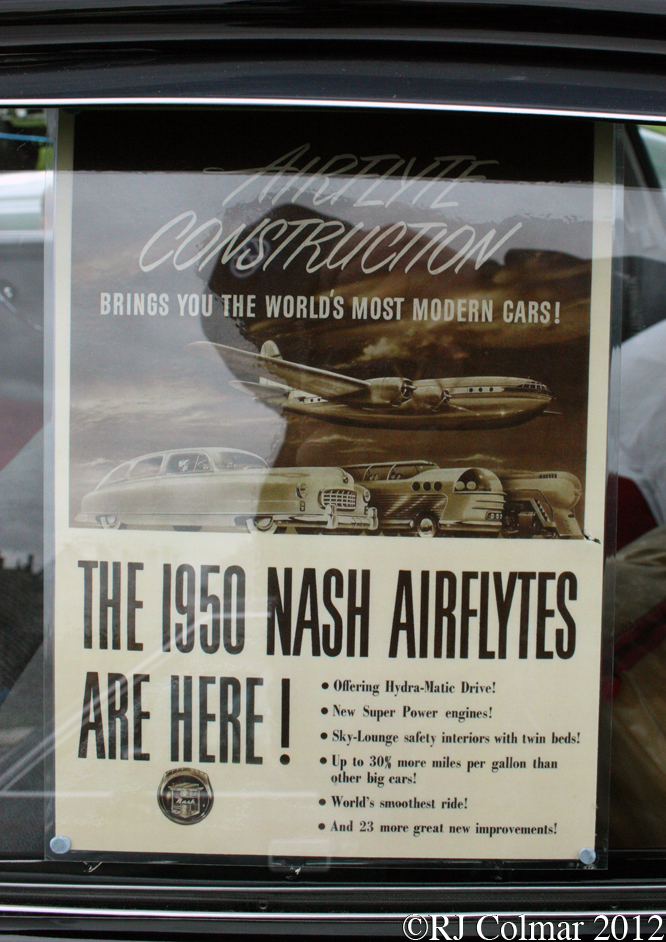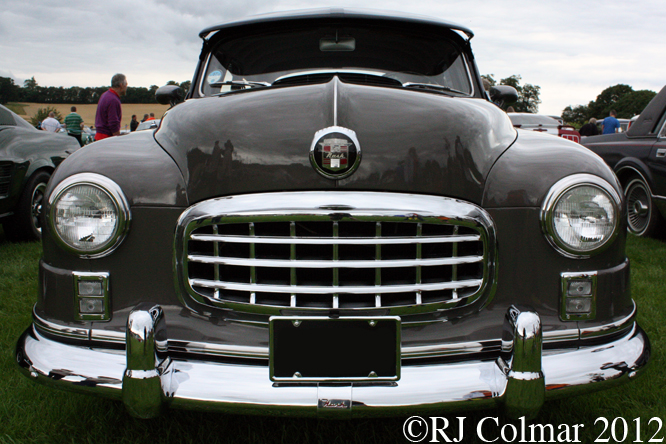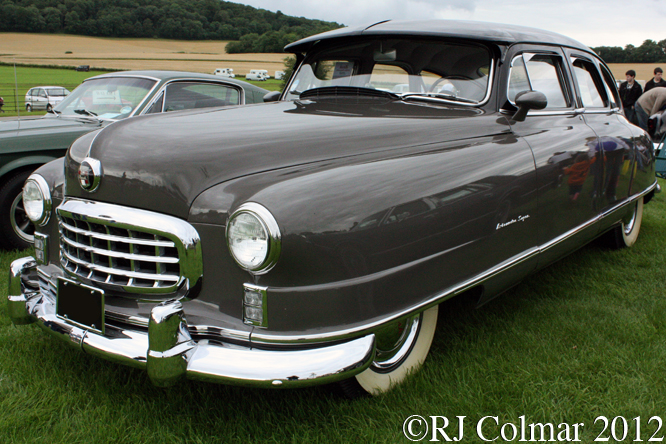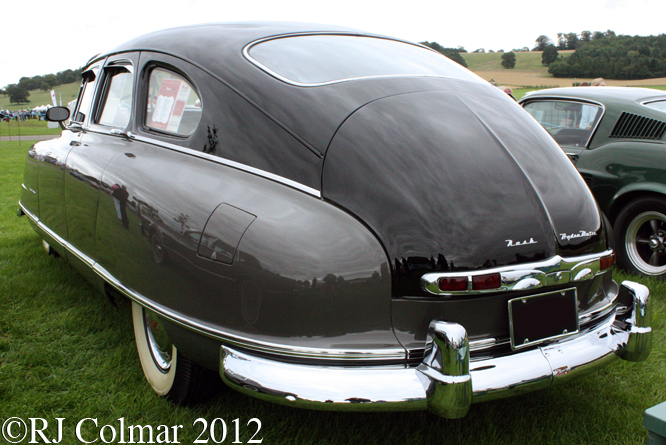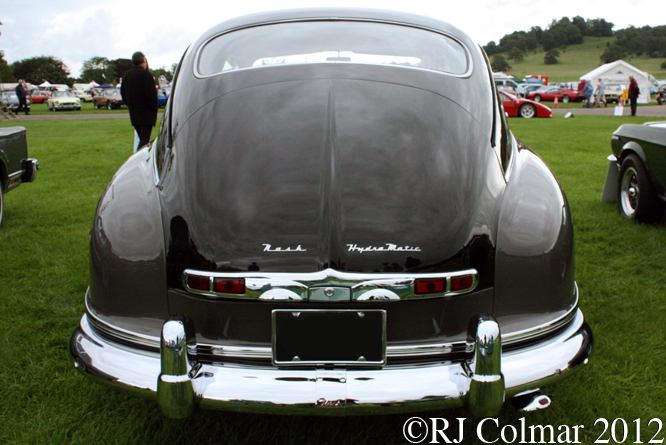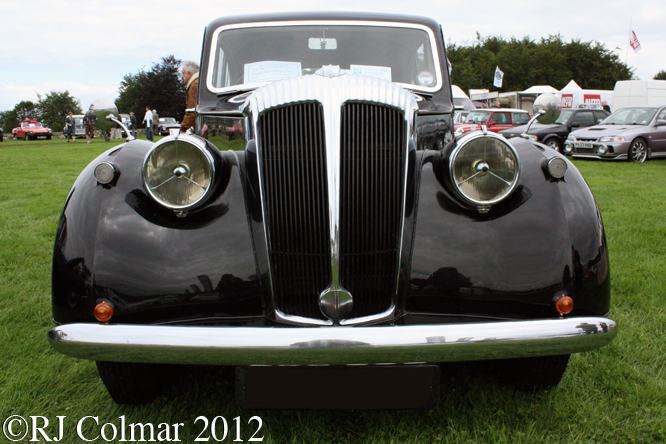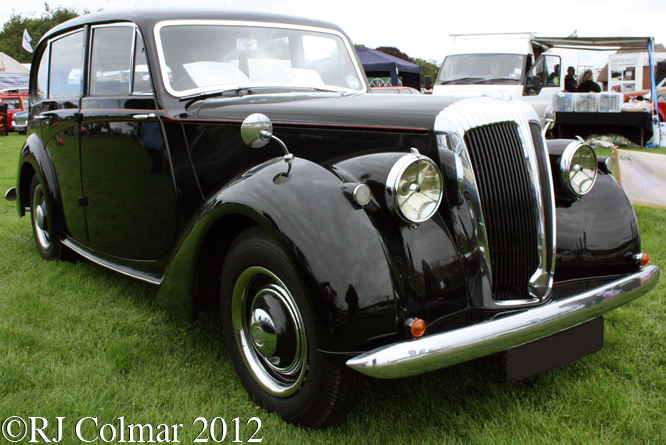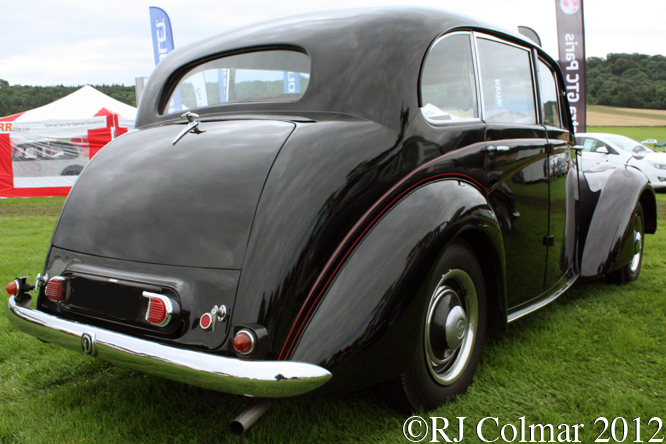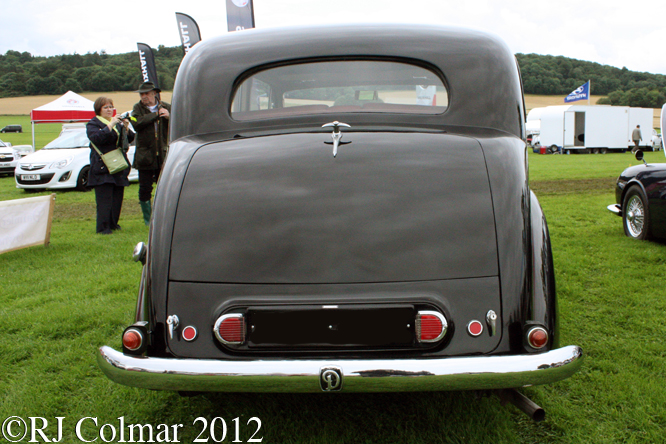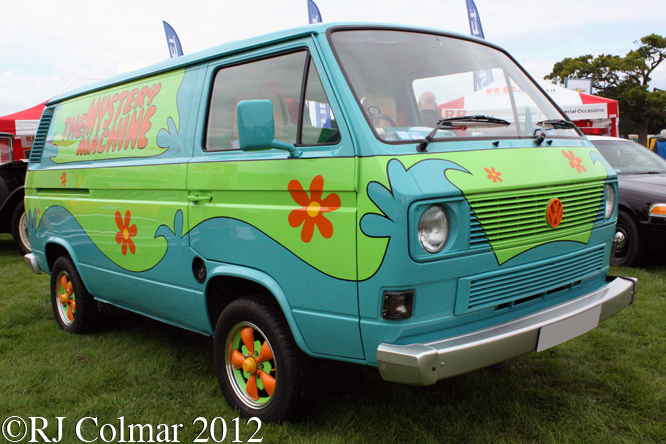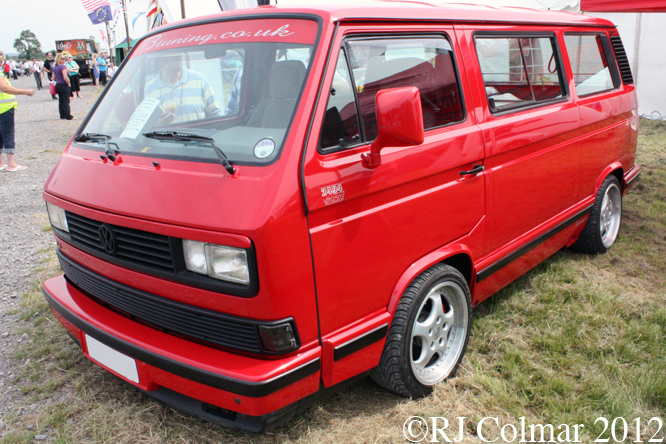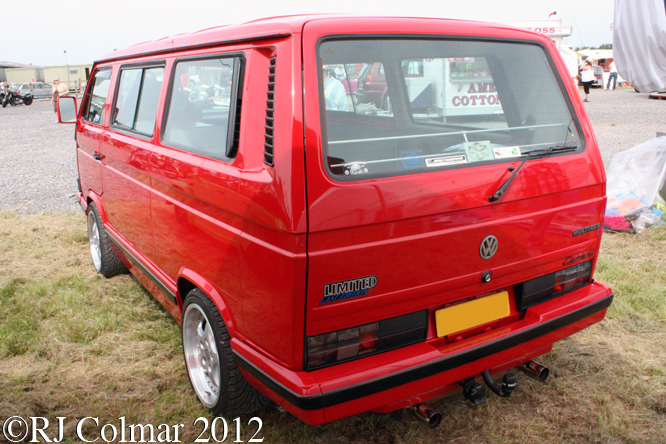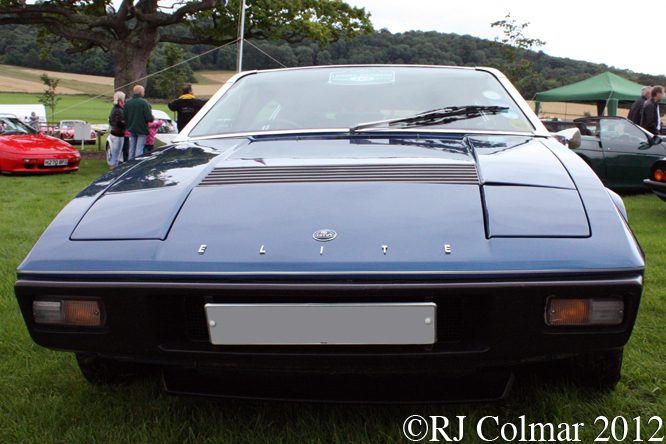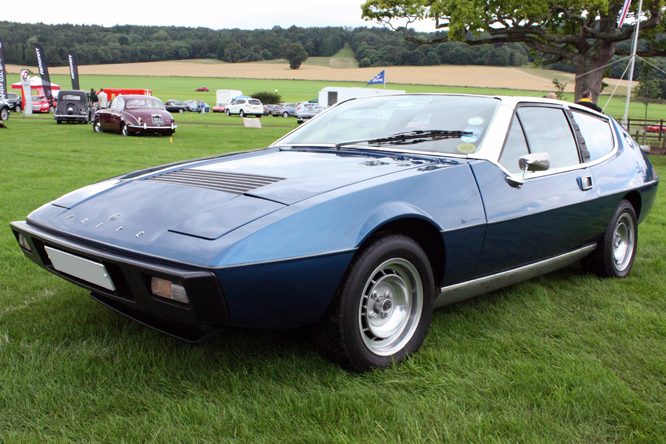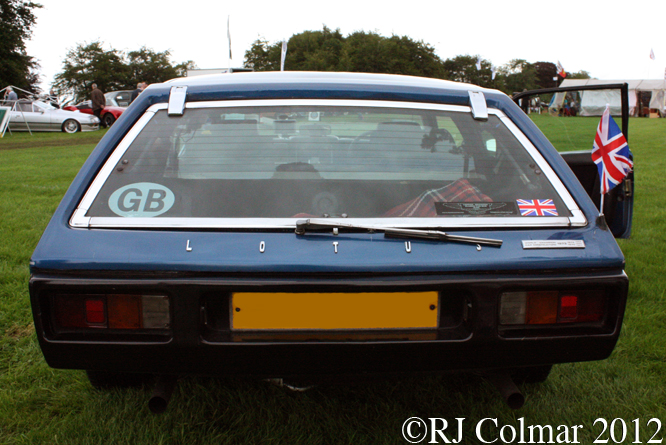In 1958 Daimler introduced it Majestic saloon with a six cylinder engine, three speed Borg Warner automatic transmission, power steering, and the first use of vacuum servo assisted disc brakes on a saloon car. However the by now antiquated separate chassis and bodywork construction meant that for all the cutting edge technology the car did not perform to the highest order.
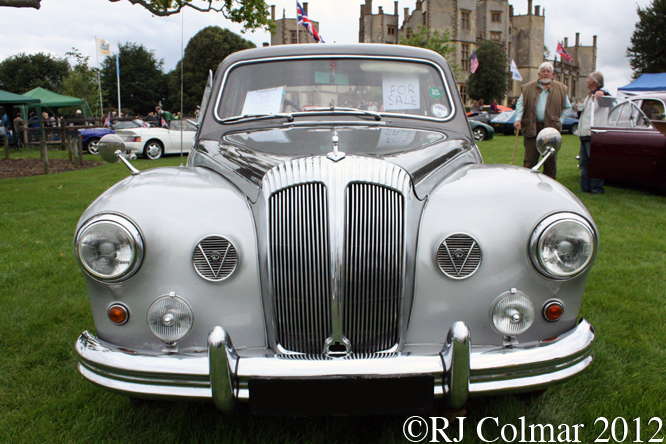
In 1959 Daimler announced an addition to the range in the form of the Majestic Major which featured a 220 hp version Edward Turners V8 that first saw the light of day in the Daimler SP250 earlier in 1959 and a larger boot / trunk area than the standard Majestic.
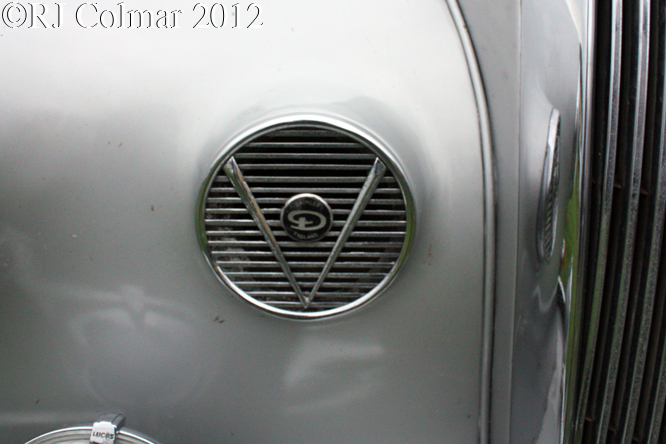
The new motor raised the top speed from 112 mph to a for the time sizzling 120 mph plus, there was no maximum speed restriction in force at the time, and acceleration from rest to 60 mph was achieved in just 9.7 seconds. Note the V in the air intake chrome trim differentiates a Majestic from a Majestic Major.
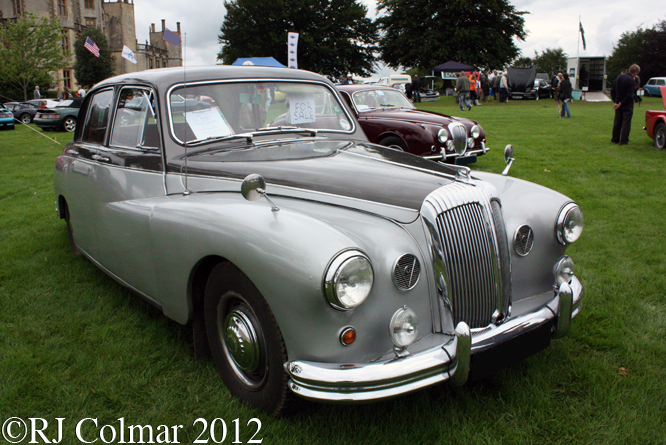
In 1960 Jaguar took over Daimler and Jaguar founder William Lyons had one of the Majestic Major compact V8’s fitted to a forthcoming Jaguar Mk X and his ego was dissapointed to discover that the Daimler powered Mark X raised the cars top speed from 120 mph to 130 mph. Most might have turned this to their advantage but Sir William Lyons decided to let the jewel in the crown of the Jaguar Daimler empire wither away over the next nine years.
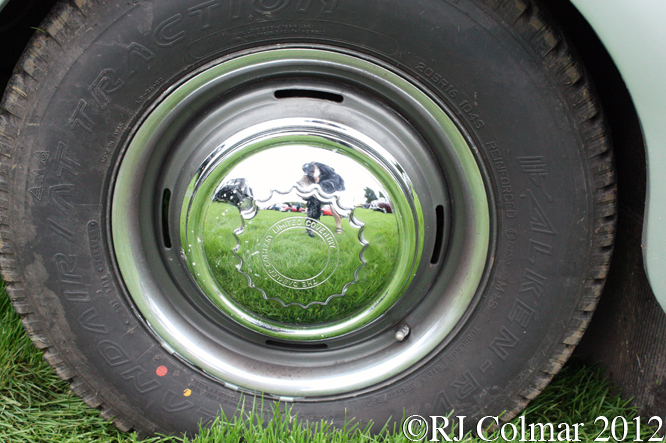
Like it’s lesser Majestic sibling the Majestic Major was equipped with disc brakes on all four wheels, it also had a 42′ turning circle, power steering was initially only optional.
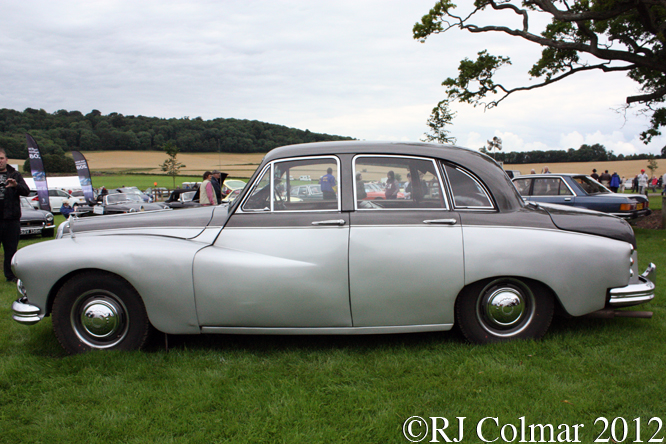
The Majestic Major bodies were built by hand by Carbodies with old school cellulose paints covering the zinc phosphate protected steel panels which were supplied by Park Sheet Metal. The zinc phosphate protection proved to be less successful than anticipated.
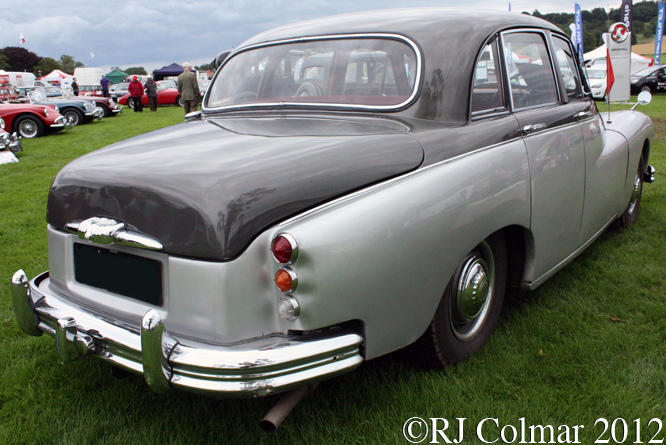
According to the owner of the model seen here at last years Classics at the Castle in Sherbourne in the Owners Manual specifies three different tyre pressures for normal motoring, over 90 mph and (unrestricted) Autobahn.
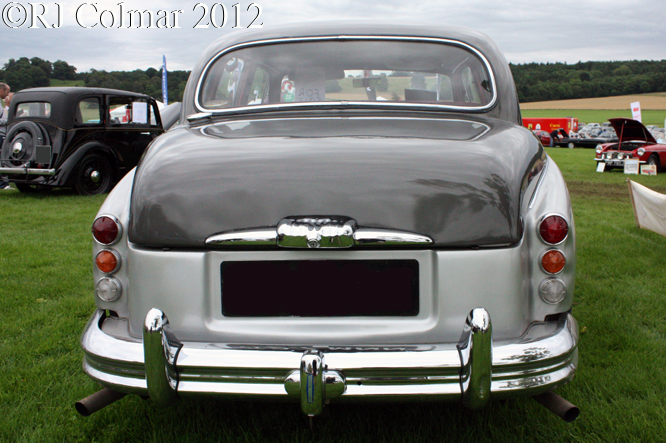
Between 1960 and 1968 1187 Daimler Majestic Majors are thought to have been manufactured of which 30 are thought to still exist outside private collections and museums.
Thanks for joining me on this “Jewel In The Crown” edition of “Gettin’ a li’l psycho on tyres”, I hope you will join me again tomorrow. Don’t for get to come back now !
